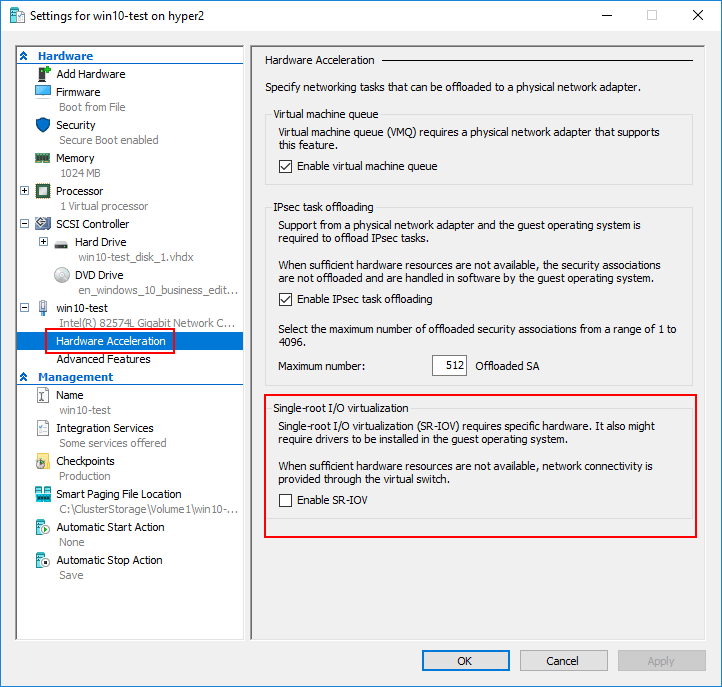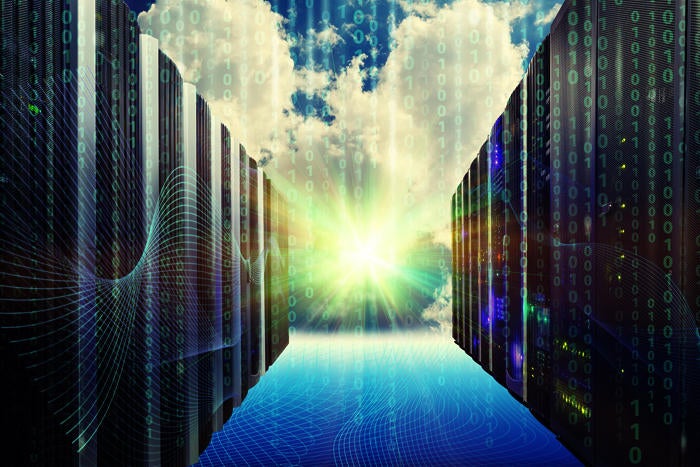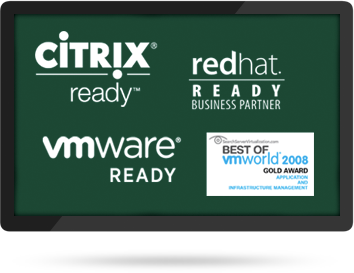- Hyper-v Virtualization Infrastructure Driver
- Virtualization Infrastructure Driver Vid Is Not Running Mate
- The Virtualization Infrastructure Driver (vid) Is Not Running. Windows 10
- The Virtualization Infrastructure Driver Vid Is Not Running Server 2012
Watch dragon ball z broly full movie english sub. I have noticed that the vhd was stored on a compressed drive, so I am thinking about uncompressing the volume to see if that helps, although it has been running this way for years! I had issues with the vhd restore from backup even after deleting the VSS shadows, so I need to do a bit of digging there still (other files are restoring OK so the.

- Source: Hyper-V-VMMS ID: 15350 Description: The virtualization infrastructure driver (VID) is not running. I'm not sure if that's the cause and, if it is, how to fix it.
- Hyper-V-VID These are events form the Virtualization Infrastructure Driver. Look here if you experience issues with memory assignment, e.g. Dynamic memory, or changing static memory while the VM is running. Hyper-V-VMMS Events from the virtual machine management service can be found here.
Hyper-V has changed over the last few years and so has our event log structure. With that in mind, here is an update of Ben's original post in 2009 ('Looking at the Hyper-V Event Log'). This post gives a short overview on the different Windows event log channels that Hyper-V uses. It can be used as a reference to better understand which event channels might be relevant for different purposes. As a general guidance you should start with the Hyper-V-VMMS and Hyper-V-Worker event channels when analyzing a failure. For migration-related events it makes sense to look at the event logs both on the source and destination node. Below are the current event log channels for Hyper-V. Using 'Event Viewer' you can find them under 'Applications and Services Logs', 'Microsoft', 'Windows'. If you would like to collect events from these channels and consolidate them into a single file, we've published a HyperVLogs PowerShell module to help. Event Channel Category | Description
---|---
Hyper-V-Compute | Events from the Host Compute Service (HCS) are collected here. The HCS is a low-level management API.
Hyper-V-Config | This section is for anything that relates to virtual machine configuration files. If you have a missing or corrupt virtual machine configuration file – there will be entries here that tell you all about it.
Hyper-V-Guest-Drivers | Look at this section if you are experiencing issues with VM integration components.
Hyper-V-High-Availability | Hyper-V clustering-related events are collected in this section.
Hyper-V-Hypervisor | This section is used for hypervisor specific events. You will usually only need to look here if the hypervisor fails to start – then you can get detailed information here.
Hyper-V-StorageVSP | Events from the Storage Virtualization Service Provider. Typically you would look at these when you want to debug low-level storage operations for a virtual machine.
Hyper-V-VID | These are events form the Virtualization Infrastructure Driver. Look here if you experience issues with memory assignment, e.g. dynamic memory, or changing static memory while the VM is running.
Hyper-V-VMMS | Events from the virtual machine management service can be found here. When VMs are not starting properly, or VM migrations fail, this would be a good source to start investigating.
Hyper-V-VmSwitch | These channels contain events from the virtual network switches.
Hyper-V-Worker | This section contains events from the worker process that is used for the actual running of the virtual machine. You will see events related to startup and shutdown of the VM here.
Hyper-V-Shared-VHDX | Events specific to virtual hard disks that can be shared between several virtual machines. If you are using shared VHDs this event channel can provide more detail in case of a failure.
Hyper-V-VMSP | The VM security process (VMSP) is used to provide secured virtual devices like the virtual TPM module to the VM.
Hyper-V-VfpExt | Events form the Virtual Filtering Platform (VFP) which is part of the Software Defined Networking Stack.
VHDMP | Events from operations on virtual hard disk files (e.g. creation, merging) go here.
Please note: some of these only contain analytic/debug logs that need to be enabled separately and not all channels exist on Windows client. To enable the analytic/debug logs, you can use the HyperVLogs PowerShell module. Alles Gute, Lars
So I started to run this old server we got in the office x3650 7979, Fortunately I successfully installed windows Server 2012 r2 DataCenter to it using IBM ServerGuide for server 2012 Version 9.63. The server has 2 Harddisks each harddisk has 1TB, so I decided to use RAID 1 for it. Then I created 100Gb of partition space, this is where the OS will be installed.
After Installation, I updated the server thru windows server update upto it’s latest possible update. Then I start to add Hyper-V role.
Then After Installation, I created one VM. But when I connect and start it the error shows up. Unorthodox jukebox download album.

It says that the Hyper-v is not running and virtualization infrastructure driver (VID) is not running. So I did a fix and run “bcdedit /set hypervisorlaunchtype auto” as Administrator. But it did not fix the problem.
Hyper-v Virtualization Infrastructure Driver
Virtualization Infrastructure Driver Vid Is Not Running Mate

So I tried going to BIOS and check if the Intel Virtualization is Enable. and yes it is enabled. I also checked the Data Execution Prevention (DEP) if its enabled and yes it is.
by the way to check if DEP is enabled, go to command prompt and type:
“wmic OS Get DataExecutionPrevention_Available” if the result is TRUE means it’s enabled.
Stm bootloader driver win 10. To learn more about DEP check this link.
The Virtualization Infrastructure Driver (vid) Is Not Running. Windows 10

So the settings for Virtualization is enabled and VID error still exist. So i taught that maybe its because the server is too old that it cannot run 2012 r2 anymore. But what I missed is the BIOS setting for the VID (Virtualization infrastructure driver) and the BIOS Setting for that is to enable the “Execute Disable Bit” located at CPU Option in BIOS
After enabling it, the server must be shutdown and unplug, then plug it in and turn it on again. restarting the server is not enough to make it work.
The Virtualization Infrastructure Driver Vid Is Not Running Server 2012
When the server boots up. I tried running the VM and it’s now working like a charm.



